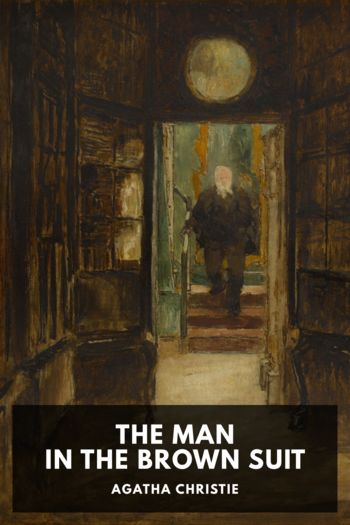Midnight Anna Dove (top 50 books to read txt) 📖

- Author: Anna Dove
Book online «Midnight Anna Dove (top 50 books to read txt) 📖». Author Anna Dove
Haley’s mother Judith led the garden coalition. Having raised a garden every year of her life, Judith was a skilled botanist, herbalist and crop farmer. She had inherited her love of plants from her mother Junetta. Bringing a load of small germinated plants, seeds, and adult plants with her when they came to the farmhouse, she had worked tirelessly over the past ten days to replant and nurture a young garden system that would soon be thick with calorically dense vegetables. Sweet potatoes occupied a full quarter of the garden; their dark green, fibrous leaves would spread happily upwards from the dirt mounds below. The second quarter of the garden contained onions, tomatoes and green beans. Little white flowers grew under the coverage of the delicate bean leaves; soon these flowers would become slender green beans. The onions would soon shoot up proudly, their pointy tubular stalks folding as the tops grew heavy. Green tomatoes not yet ripe would soon emerge under the jagged tomato leaves, the stalks of which were bound to branches stuck upright in the earth. The third quarter of the garden was devoted to root vegetables and broccoli. Carrots and radishes dug ambitiously down into the earth, while broccoli had begun to show promising heads from within the wide, flat leaves. The final quarter of the garden was enveloped in a mass of squatted vines, overrun with butternut squash, yellow squash and zucchini. These would not fully produce until later in the season but showed signs of health and had not yet fallen to beetles that like to bore the stems. Judith had also considered corn but realized that the deer would decimate it and render the effort useless. Under her careful planning and management, the community garden had flourished, providing nutrients and energy to the members of the community. Until the other vegetables matured, the community ate the broccoli as well as natural-growing plants from the woods. Judith gave a strict lecture to the entire community on plant identification, warning against milky sap, thorns or hairs, seed pods, purple and black spurs, and three leafed growth. She showed everyone pictures of safe plants, of dandelion, clovers, dock, amaranth, burdock, cattail roots and leaves (although few marshy areas were nearby), chicory, chickweed, plantain leaf (the short kind), mustard, and violets. Judith would lead daily expeditions for these items, teaching others how to identify and cook what they could find.
Judith had also recruited the children as the main caretakers for the garden, as the care required less technical skill. A group of about ten youngsters under the age of twelve were responsible for weeding, lugging buckets of water from the lake, and harvesting ripe vegetables. They had proven themselves very much suited to the task, even developing a chain of people to pass water from the lake to the garden more quickly. Judith appreciated their ingenuity and creativity and encouraged them to innovate, finding new and better ways to approach the tasks. The weeds from the garden beds they set aside, at her suggestion, to utilize in stuffing bedding pads. The vegetables harvested they organized into categories, by duration until expiry. They chased off intruding rabbits or groundhogs with glee, laughing as the animals scurried out of harm’s way. The children treated the garden as their own personal business, and Judith encouraged this, knowing that ownership of the tasks would better incentivize them to perform well, over forced labor in a specific dimension or pattern. Their harvest made them feel important and useful, and Judith made sure that the children were allowed time during the day to splash in the lake and play in the pastures as well, taking respite from the labor.
Judith’s friend Gail handled the herd of milk cows as well as one bull. The bull was securely fastened in its own stall where it stayed aloof. It was an old bull and not an irate one; it stood munching most of the day and only looked up with distant interest when a human approached. The cows were situated out of the range of the bull, and wandered on their ropes in the pastures or stood in their stalls, chewing their cud with bored, unperturbed gaze. Gail milked them with the assistance of Lily and her own three daughters. Occasionally the cows, their heads fastened with halters to the edge of the stalls, kicked over the buckets or sent a young milker stumbling back with a bruised shin, but in general the milking was a quick process, for the expert hands of Gail, Lily, and Gail’s daughters soon filled the buckets foaming to the brim. Half the milk was set aside for cheese-making, because cheese kept much longer and could be stored for the winter; half was drunk by the community. Each person received a mug of milk in the morning, along with an egg from the chickens and a bit of fish or venison; for lunch there





Comments (0)